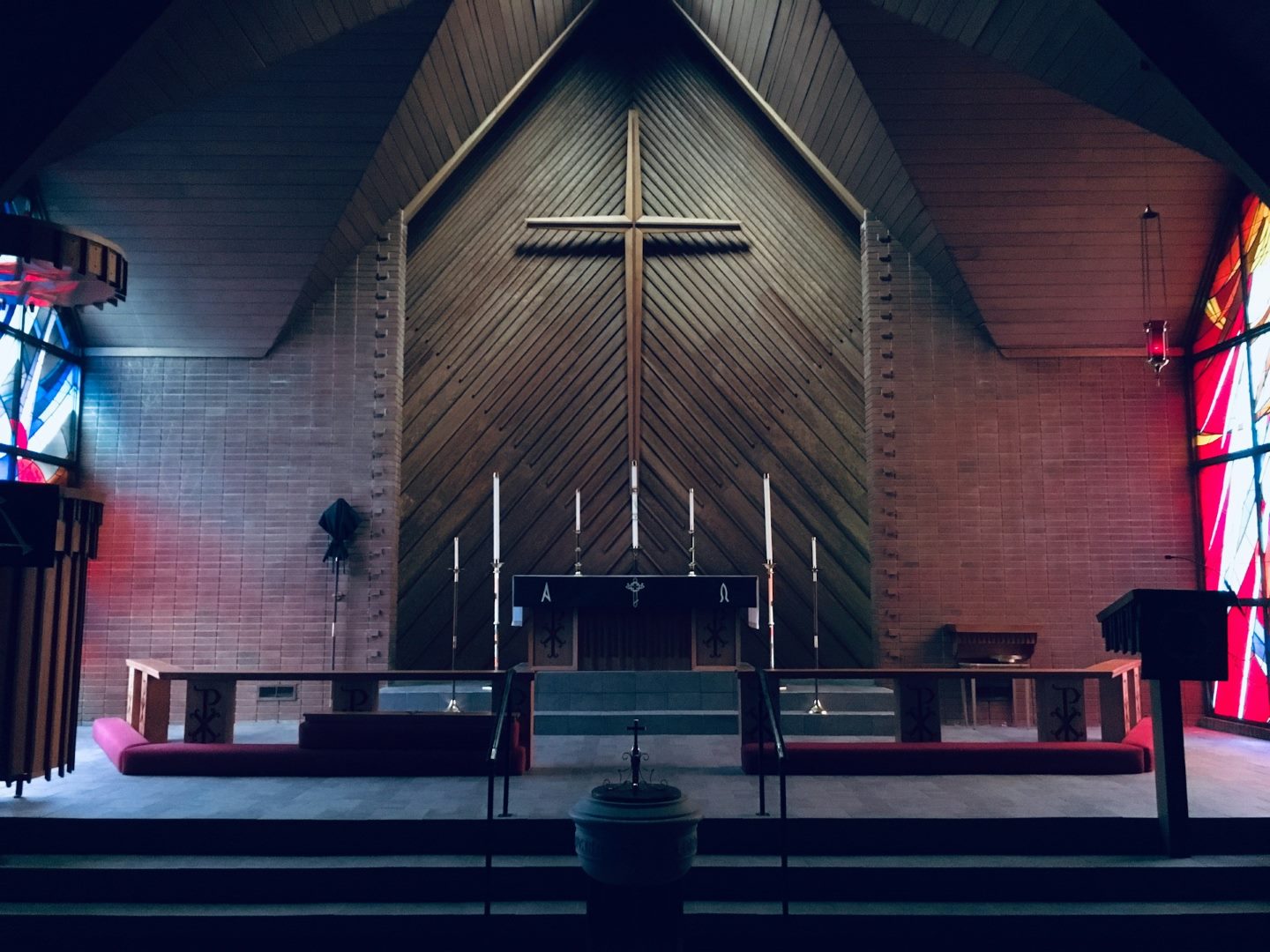Introduction
Vestments, the sacred garments worn by clergy during religious ceremonies, hold immense symbolic significance within various faiths. From the ornate robes of the Catholic Church to the modest attire of Quaker ministers, vestments reflect the beliefs, traditions, and hierarchy of different religious groups. This definitive guide delves into the history, symbolism, and practical applications of vestments, offering a comprehensive understanding of their profound spiritual and cultural significance.
Historical Origins
Ancient Roots
The use of vestments can be traced back to ancient times, where priests and religious figures adorned themselves with distinctive garments to distinguish their roles and signify their connection to the divine. In the early Christian Church, vestments evolved from the clothing of Roman and Jewish officials, reflecting the influence of both cultures.
Medieval Elaboration
During the Middle Ages, vestments became increasingly elaborate, with intricate embroidery, gemstones, and rich fabrics. This embellishment served to enhance the ceremonial grandeur of religious rituals and reflect the growing wealth and power of the Church.
Symbolism and Meaning
Sacred Attire
Vestments are not merely garments but sacred attire that symbolizes the role of the wearer as a mediator between the divine and the human. They represent the authority and dignity bestowed upon clergy and the purity and holiness required for conducting religious ceremonies.
Liturgical Significance
The different colors and styles of vestments vary according to the liturgical season and the specific ceremony being performed. For example, white is often worn during festivals and joyful occasions, while purple signifies penitence and mourning. These liturgical distinctions serve to enhance the spiritual atmosphere and emphasize the significance of the occasion.
Types of Vestments
Catholic Church
- Alb: A long, white linen garment worn by all clergy and altar servers.
- Chasuble: An outer vestment worn by priests and bishops, typically made of rich fabrics and adorned with embroidery.
- Dalmatic: A shorter, wide-sleeved vestment worn by deacons.
- Cope: A flowing, semi-circular cloak worn over other vestments during processions and certain ceremonies.
Anglican Communion
- Surplice: A white linen garment similar to the alb, worn by priests, deacons, and choir members.
- Chasuble: Also worn by Anglican priests, though it may be plainer than its Catholic counterpart.
- Cassock: A long, black garment worn by clergy outside of church services.
Other Christian Denominations
- Clerical Collar: A detachable white collar worn by clergy in denominations such as Presbyterian, Methodist, and Lutheran.
- Stole: A long, narrow band of fabric worn around the neck and over the shoulders, symbolizing the authority of the wearer.
- Cassock: Also worn by clergy in various denominations, though the style may differ from that of the Anglican Church.
Practical Considerations
Material and Design
Vestments are typically made from high-quality fabrics such as silk, linen, or velvet. The design and ornamentation vary depending on the tradition and resources of the religious institution. While some vestments are simple and unadorned, others are lavishly decorated with embroidery, gemstones, and other embellishments.
Wearing and Maintenance
Vestments are worn according to specific liturgical guidelines and should be handled with respect and care. They are cleaned and repaired by skilled artisans to ensure their longevity and suitability for liturgical use.
Cultural Significance
Beyond their religious symbolism, vestments have also played a significant role in art, history, and culture. They have been depicted in countless paintings, sculptures, and other works of art, showcasing the richness and beauty of religious traditions. Moreover, vestments have influenced secular fashion and design, with elements such as embroidery and draping inspiring designers and style enthusiasts.
Conclusion
Vestments are an integral part of religious ceremonies and rituals, embodying the sacred and symbolic aspects of faith. From their ancient origins to their intricate designs and profound meanings, they continue to captivate and inspire believers and non-believers alike. This comprehensive guide has delved into the history, symbolism, types, and practical considerations of vestments, providing a deeper understanding of their cultural and spiritual significance.



